Medical news June 27: Signs of sunken chest in children need timely intervention
Pectus Excavatus is a common birth defect with a rate of 1 in 400-1000, occurring when the sternum and some ribs develop abnormally, concave inward, forming a hollow in the middle of the chest.
Signs that surgical intervention is needed
Since childhood, a boy named Tin in Binh Duong has felt that he is different from his peers, because his rib cage has collapsed (concave) creating a 2cm hole in the middle of his chest. His family took him to many hospitals, the doctors diagnosed him with pectus excavatum and advised him to go to specialized hospitals for treatment.
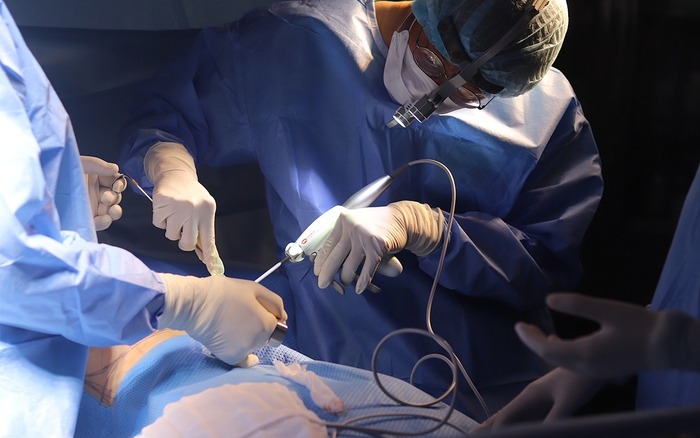 |
| Illustration photo. |
Although he loved soccer and played since he was a child, every time he played soccer this year, Tin felt more tired even though he still played with the same intensity as before. During the match, he often had to stop to rest and catch his breath. In November 2023, Tin went to the hospital for a check-up.
The results of chest CT scan to assess the degree of concavity, ultrasound to assess heart function, respiratory function measurement, etc. determined that Tin had severe concavity, causing the chest volume to decrease, causing fatigue when exerting.
Besides, Tin felt self-conscious because his chest shape was different from everyone else's, and he could not participate in activities that required physical exertion with his friends or play group games. Because it was still the middle of the school year, the doctor scheduled surgery to correct his chest when he finished 11th grade.
In June 2024, Tin returned to the hospital for surgery. Master, Doctor, Doctor Phan Vu Hong Hai, Department of Cardiovascular and Thoracic Surgery, Cardiovascular Center, Tam Anh General Hospital, Ho Chi Minh City, said that there are two main types of pectus excavatum: concentric pectus excavatum (symmetrical on both sides, benign) and eccentric pectus excavatum (asymmetrical, can create pressure on the heart and lungs).
Tin's case is concentric pectus excavatum with Haller pectus excavatum index = 3.9 (above 3.25 is an indication for surgery).
Doctor Hai commented that if the patient has been prescribed treatment, if not intervened early, they will miss the most suitable age for treating this disease (the best time to perform breast augmentation is 8-18 years old, when the bone structure is not yet strong).
In addition, in the long term, the disease can easily progress to serious complications in the heart (cardiac compression affects the heart's ability to pump blood), lungs (lungs are limited in elasticity leading to reduced gas exchange function), causing the patient to lose confidence in appearance (deep dents inside the sternum cause men to not stand straight, looking slightly bent forward) and have an inferiority complex, afraid to communicate.
The team chose the Nuss method - minimally invasive surgery to improve Tin's sunken chest condition. This method is widely applied in the world thanks to its advantages of small incision, aesthetics, less pain, quick recovery, fewer complications and children return to normal life sooner than other open surgical methods.
The doctor makes two small incisions on both sides of the patient's chest, inserts an endoscopic camera to locate the structures in the chest, helping the doctor to operate easily and safely.
At the same time, the breast lift is inserted under the sternum to the other side of the chest. This lift has the effect of lifting the sunken sternum, supporting the chest reshaping.
According to doctors, orthopedic surgeries involving bones are mostly painful and have complications such as pneumonia, collapsed lung, infection, etc. due to the patient's pain and limited breathing after surgery.
After 1-3 months of sternotomy surgery, patients can return to normal activities. However, avoid strenuous sports such as soccer, basketball, volleyball, etc. or combat sports such as martial arts, wrestling, etc.
Patients should also limit carrying heavy objects or sudden twisting or turning movements to avoid displacing the breast implant. It is expected that after 2-3 years, Tin will have surgery to remove the breast implant, completing the treatment process.
Pectus Excavatus is a common congenital malformation with a rate of 1 in 400-1000, occurring when the sternum and some ribs develop abnormally, concave inward, forming a hollow in the middle of the chest. Doctor Hoai recommends that parents pay attention to abnormal signs in their children to take them to the doctor for timely examination and treatment.
For newborns, if there is a wide and shallow, or deep and narrow indentation on the chest or the chest is not balanced; it is very likely that the child has pectus excavatum.
In adolescents, signs of pectus excavatum include a sunken area in the middle of the chest; children get tired easily and have difficulty breathing when exercising or doing work that requires a lot of effort; rapid heartbeat, wheezing, coughing, chest pain; fatigue; dizziness; recurrent respiratory infections; pectus excavatum becomes more severe as the child grows older.
Saving the life of a patient with acute myocardial infarction and circulatory arrest
Admitted to the hospital with severe headache and unclear chest pain, the patient (64 years old) suddenly had circulatory arrest and lost consciousness for nearly 1 hour.
According to Vietnam - Sweden Uong Bi Hospital (Quang Ninh), the patient, Mr. Vu Duc Nghin (64 years old, Quang Yen Town, Quang Ninh) entered the hospital's Emergency Department with severe headache and unclear chest pain.
After being admitted to the hospital, the patient was given the necessary tests. After about 30 minutes of being monitored in the Emergency Department, the patient suddenly stopped circulating and lost consciousness.
The emergency team immediately performed CPR on the patient, using electric shock, vasopressors, cardiac massage, and intubation. The emergency team worked tirelessly in the hope of saving the patient's life. After about 50 minutes of CPR, the patient's heartbeat returned.
Based on the test results, the patient was diagnosed with circulatory arrest due to acute myocardial infarction. After a hospital-wide consultation, the patient was assigned to emergency cardiovascular intervention to resolve the cause. The patient underwent percutaneous invasive coronary angiography.
Coronary angiography results showed that the patient had a complete blockage of the left coronary artery. This is the main blood vessel of the heart, playing an important role in supplying blood to the heart's organs. Doctors quickly placed a coronary stent in the patient, re-establishing blood flow to promptly supply blood to the heart...
After the intervention, the myocardial infarction was controlled, however, because the patient had stopped circulating for a long time, he suffered from multiple organ failure. The patient was treated in the hospital's intensive care unit, on a ventilator, sedated, continuous blood filtration, and organ resuscitation.
Currently, the patient's health has stabilized, organ function has recovered, and the patient was discharged from the hospital to the joy of the doctors and most of all, the patient's family.
Source: https://baodautu.vn/tin-moi-y-te-ngay-276-dau-hieu-tre-lom-nguc-can-can-thiep-kip-thoi-d218656.html





![[Photo] Looking back at the impressive moments of the Vietnamese rescue team in Myanmar](https://vstatic.vietnam.vn/vietnam/resource/IMAGE/2025/4/11/5623ca902a934e19b604c718265249d0)
![[Photo] "Beauties" participate in the parade rehearsal at Bien Hoa airport](https://vstatic.vietnam.vn/vietnam/resource/IMAGE/2025/4/11/155502af3384431e918de0e2e585d13a)






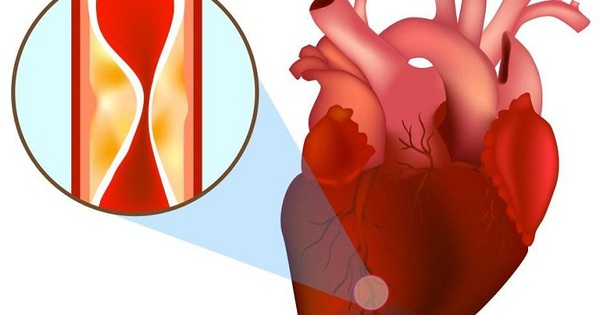
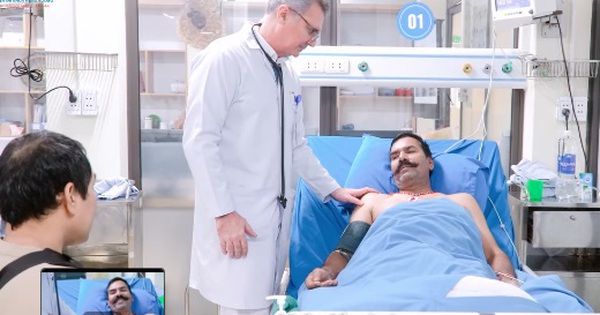
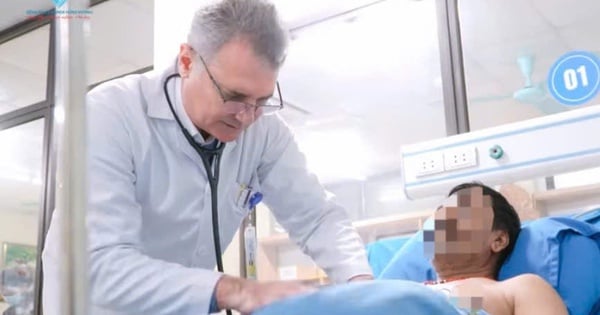


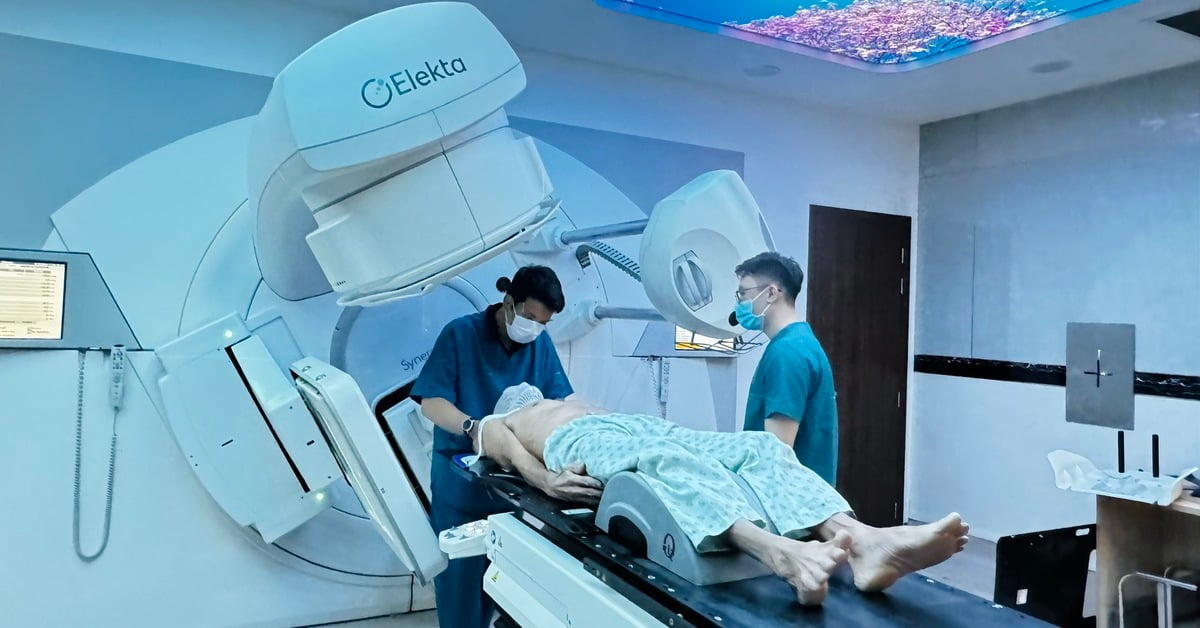







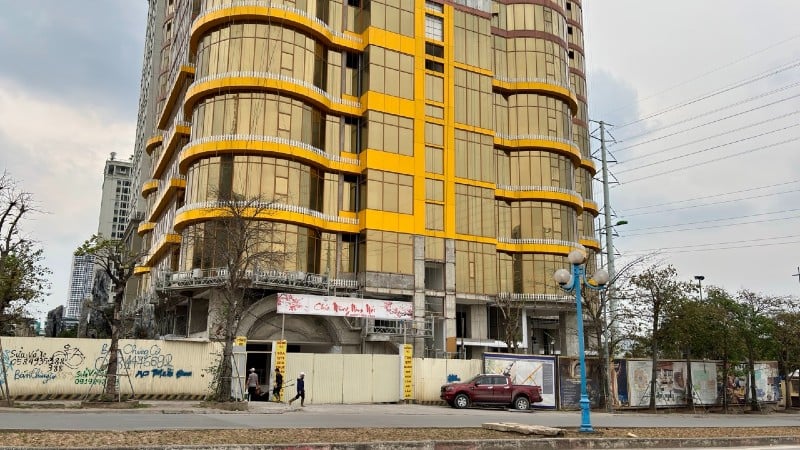



![[Photo] Summary of parade practice in preparation for the April 30th celebration](https://vstatic.vietnam.vn/vietnam/resource/IMAGE/2025/4/11/78cfee0f2cc045b387ff1a4362b5950f)














































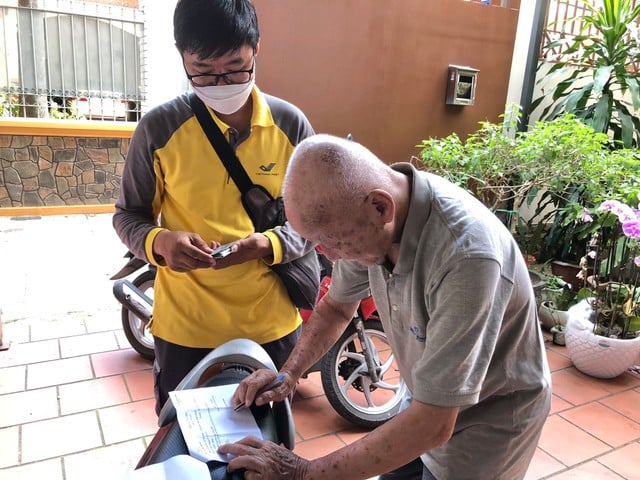















Comment (0)